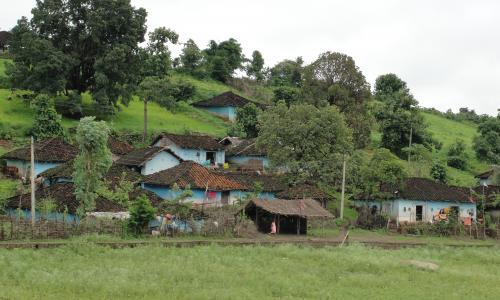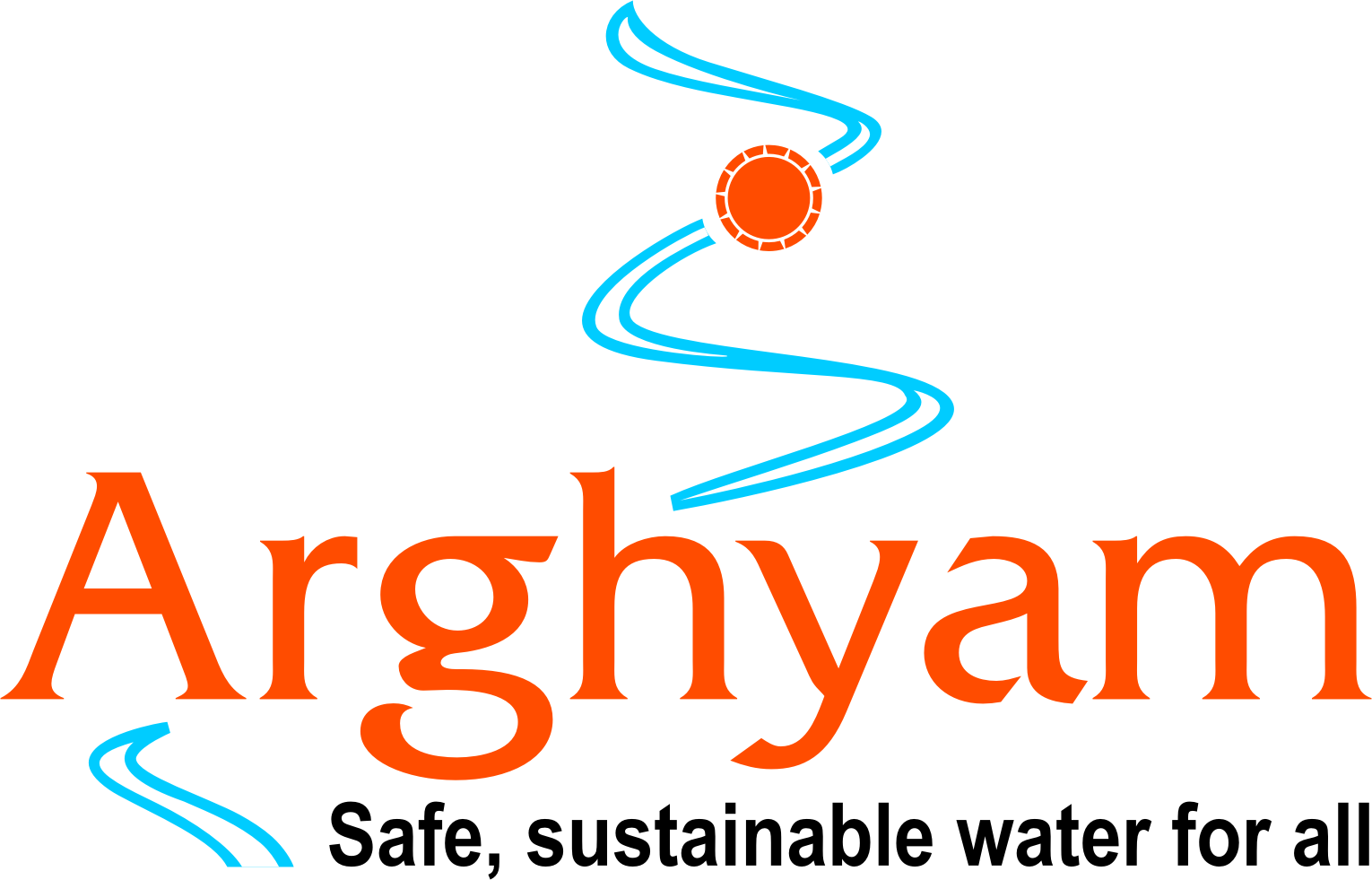
"If you are to suffer, you should suffer in the interest of the country.”
- Jawaharlal Nehru, speaking to villagers who were to be displaced by the Hirakud Dam, 1948.
Development induced displacement
Since India's independence in 1947, there has been a surge of economic development activities in the form of massive infrastructure development projects such as the construction of dams for power and irrigation, the building of roads, urbanization, mining, building of thermal power plants, etc. Proponents of large dams argue that only these types of massive projects can improve India's economy and the lives of millions of people. But the flip side of this sort of development is that it has displaced more than 42 million people in the country.
Doomed by Displacement-A Short Film on the displaced affected by Hirakud Dam
Dams for irrigation and hydropower are a major cause of such forced displacement. World over “approximately fifteen million people each year are forced to leave their homes following big development projects.” [Bogumil Terminski, Environmentally Induced Displacement. Theoretical Frameworks and Current Challenges, Liege, 2012].
The poorest and most marginalized people are generally hit the hardest by displacement, most often without adequate compensation. Many displaced families have been displaced three or four times. “In India, 50 million people have been displaced in the last 50 years in the name of ‘national’ interest“. [Parshuram Ray, Development Induced Displacement in India, SARWATCH Vol. 2 No. 1 July 2000).
Official figures of the number of displaced people are just underestimates. This is usually done to present a good cost benefit ratio to project clearance agencies and funders. The World Bank has put the number of people displaced by the Farakka Super Thermal Power plant in West Bengal as 63325 while Indian government figures suggest that no one was displaced. [Walter Fernandes, Displacement - What is all the fuss about? Humanscape, November 1999]. In the case of the Bargi dam, the number of villages submerged increased from the initial figure of 101 to 162. Likewise, in the case of various other large dams in the country, the number of submerged villages has increased and estimates of displaced villages have failed, which lead to unplanned displacement.
History of dams and displacement
Most of the displacement in India is due to the construction of large dams. The lives and livelihoods of millions of displaced people across the country have been destroyed, but the state governments are still not interested in addressing basic issues related to the displaced. “The millions of displaced people in India are nothing but refugees of an unacknowledged war.”(Arundhati Roy, The Greater Common Good, Frontline, June 4, 1999).
The callous attitude of the state can be attributed to the fact that “most displaced persons are assetless rural poor like landless labourers and small and marginal farmers (Gandhi’s last man). The tribals who comprise 8.08% of India’s population are estimated to be more than 40% of the displaced population. Dalits constitute 20% of displaced persons.” [Walter Fernandes, Displacement - What is all the fuss about? Humanscape, November 1999]
From Development To Displacement- A short film on the displacement due to Bargi dam, Madhya Pradesh
Displacements due to dams and canals have been traumatic and dehumanising. The displaced family's livelihood, their family, kinship systems, cultural identity and informal social networks were badly affected and disrupted.The condition of the women is even more traumatic. Lack of policy framework and social securities has made them insecure and psychologically very weak.
The monetary compensation paid to the displaced was not enough to sustain their livelihoods. The lame assurances by the government has never become a reality and it has lead to tragic consequences. Large-scale dam building has been able to deliver very little in terms of benefits. Many projects are able to irrigate just 20% of the command area but the harm they do to the environment and people is immense.
Rehabilitation and resettlement: Policy framework
Massive land acquisition has taken place in India since the 1950s to build large projects for irrigation, power, steel and heavy industries. Yet we did not have proper laws to address the rehabilitation and resettlement issues of the displaced. After a long struggle by people’s organisations and environmental groups, the protest against displacement grew violent and the need for a policy and legal framework came into existence in 2007 when the Government of India formulated a national policy for rehabilitation and resettlement by replacing the earlier policy of 2003.
Till date, there is no policy which suggests alternatives for displacement.
In August 2013, the Government of India came up with a comprehensive Land Acquisition and Resettlement and Rehabilitation (LARR) Act, 2013. The Act provides for rehabilitation & resettlement and combines it with land acquisition so the former does not get neglected. The ‘public purpose’ for which land can be acquired by the government is defined.
As per the above legislation, a comprehensive rehabilitation and resettlement package is provided for those who lost their livelihood support which includes the landless and tenants. The Act also provides for schools and playgrounds, health centers, roads and electric connections and assured sources of safe drinking water for each family. The role of the gram sabha has been clearly stressed and the government has to consult them. The Government has to also comply with other laws like Panchayat (Extension to the Scheduled Areas) Act (PESA), 1996; the Scheduled Tribes and Other Traditional Forest Dwellers (Recognition of Forest Rights) Act, 2006; and Land Transfer Regulations in Schedule V (Tribal) Areas.
Damning the dam: Case of Narmada Bachao Andolan
Narmada Bachao Andolan (NBA), a struggle against several major dams across the Narmada river in the states of Gujarat and Madhya Pradesh is a leading anti-dam movement in the world. The government went ahead with the decision of the Narmada Water Disputes Tribunal (NWDT) in 1979 to construct some 30 major, 135 medium and 3000 small dams. The locals opposed the construction of the large dams as the government had not only flouted environmental norms, but also did not have a rehabilitation policy in place then. The dams were displacing large numbers of poor (dalits and tribals). The main flash point of the movement was on the question of raising the height of the Sardar Sarovar Dam in Gujarat.
A Narmada Diary: Documentary by Anand Patwardhan
The dam proponents were pushing it because it would generate water (for irrigation and drinking water) and much needed power for development purposes. Activists like Medha Patkar who set up NBA in 1989, provided a strong critique to the project by the Narmada Valley Development Authority (NVDA). They questioned the project’s cost-benefit analysis, it’s hydrologic and seismicity- related assumptions and felt that it was iniquitous and did not give fair compensation to the displaced. The World Bank was forced to do an independent review (also known as the Morse Commission) of the project in 1991. The Commission gave an adverse report following which the Government of India pulled out of the loan agreement with the World Bank. The Supreme Court’s decision of 2000 on raising the height of the Sardar Sarovar Dam gave a stimulus to the construction of the dam in ‘national interest’. The drought-prone areas of Gujarat like Kutch and Saurashtra are yet to get water from the project.
Alternative solutions
There are various cheap and effective solutions available as an alternate to dams. These alternative models, which include reviving traditional systems of water harvesting in various parts of Rajasthan and other parts of India, has changed the economy of farmers and also addressed drinking water problems in the region. There is enough scope for applying rainwater harvesting models and building small check dams for storing water to bring a significant amount of in the lives of millions.
References
/topics/development-and-displacement












